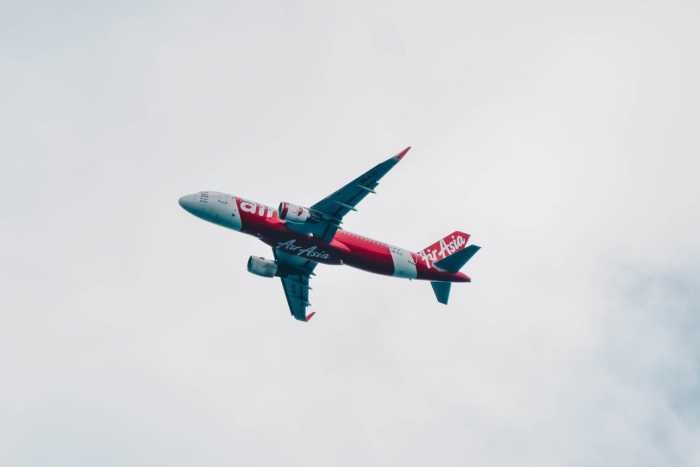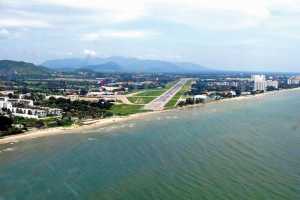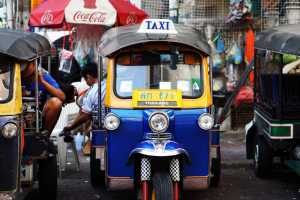
Thai Airways Struggles Amidst Growing Competition
15th Oct 2013

With the growing competition in both the international and domestic travel markets, Thailand's flag carrier has seen its better days disappearing as fast as it has lost its competitiveness. Thai Airways used to lord it over the country's air travel market unchallenged for many years. During its heydays, aside from dominating the domestic market, the flag carrier used to fly to many long-haul international routes in all but one major continents in the world.
Today, Thai Airways has dropped many of its long-haul service across the Pacific such as Dallas, New York, Seattle in the United States and Vancouver in Canada, leaving Los Angeles as its only remaining connection to the vast North American market. Similarly, it has terminated some of its long-haul service to Europe including
While Thai Airways remains popular among international travelers coming to Thailand, it has undeniably been struggling to keep its competitive edge flaunting its decades-old slogan 'smooth as silk' which has become a mere marketing ploy to stay afloat amid competition in its own turf.
The entry of new players in the domestic market, specifically the low-cost carriers, has eroded its share to the current 32%.
Thai Airways was a founding member of Star Alliance, the world's first and largest airline global alliance, along with Air Canada, SAS, and United Airlines. The alliance was formed in 1997 and was seen as a perfect strategy for the Thai carrier to strengthen its hold in the international market while taking advantage of its strong brand as well as Bangkok's strategic location in the region.
The budget travel has caught on Thailand in early 2000s when Thai AirAsia, the local subsidiary of Malaysia-based AirAsia, started operations in 2004. The entry of Thai AirAsia in the country alarmed Thai Airways as the former has flown to where latter has also flown.
To ward off possible further erosion of its domestic market share due to the arrival of budget carriers, it set up its own budget subsidiary, Nok Air, in 2004.
Thai Airways, since then, has given up most of its domestic service to Nok Air but retained most of its lucrative routes such as Phuket, Hat Yai and Chiang Mai.
In the middle of 2012, Thai Airways launched Thai Smile, the so-called light premium airline which is designed to serve the local and regional markets. Thai Smile can be considered as the flag carrier's weapon to counter Thai AirAsia on the regional routes while Nok Air is for the domestic market.
Thai AirAsia serves both the domestic and regional markets from its hub in Bangkok.
While the flag carrier has struggled in recent years, the group still managed to eke out a profit of THB4.43 billion in 2012, a complete turn-around from the previous year's loss of THB10.24 billion.
Thai Airways is now on the process of propping up its fleet to support its own expansion and its subsidiaries. It will start to take delivery this year through 2017 of 41 aircraft, consisting of 2 superjumbo jets A380, 10 long-range, wide-body A350-900s, 7 B777-300ERs, 8 Dreamliners and 14 narrow-body A320s for Thai Smile.









